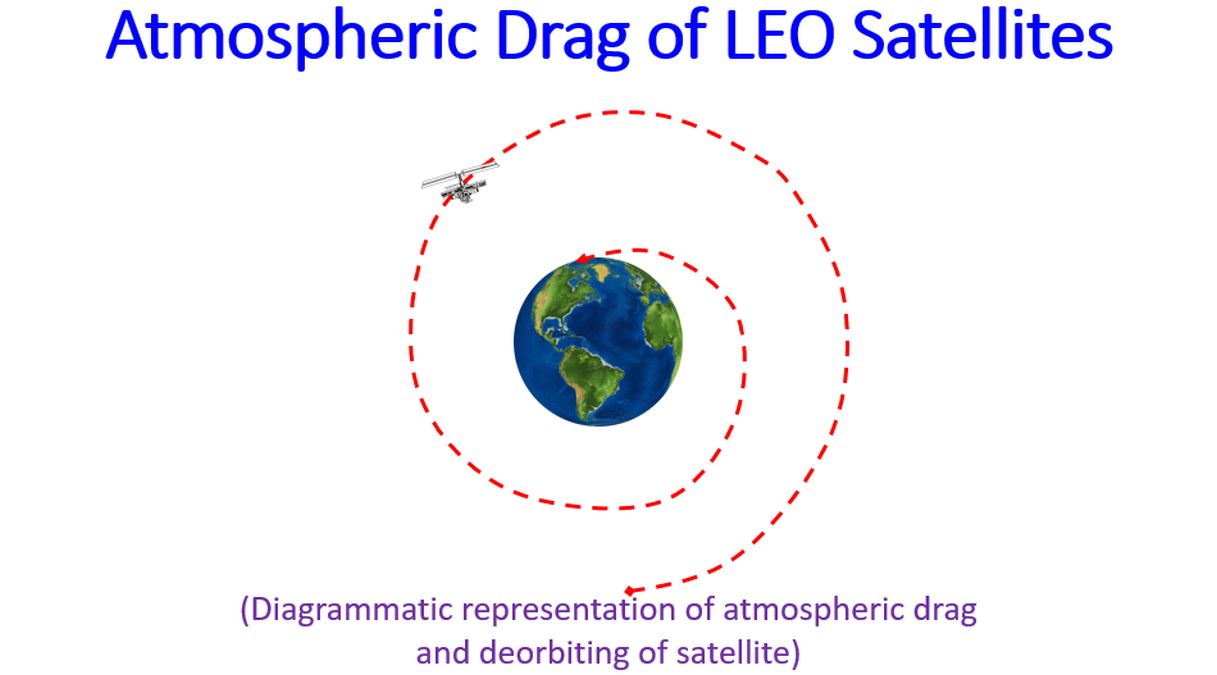Atmospheric Drag of LEO Satellites
Atmospheric Drag of LEO Satellites
Earlier I used to think that satellites once launched to space would go around the earth indefinitely (forgive my ignorance). It is only recently that I came to know about atmospheric drag and eventual deorbiting of Low Earth Orbit satellites. Deorbiting means they re-enter the earth’s lower atmosphere and often burn up fully if they are small or crash down if they are large enough not to fully burn up during their pass through the lower atmosphere. Equipped with this new knowledge I started noticing reports of satellites which have deorbited in the past and those which are expected to deorbit soon. While preparing my previous post on FUNcube-1, I came to know about the sad fate anticipated for Nayif-1, EO-88 from the FUNcube family of satellites due to atmospheric drag.

We are currently in Solar Cycle 25 with increasing and often unpredictable solar activity like solar flares and coronal mass ejections. Increased solar activity means upper atmosphere including ionosphere becomes warmer and extends upwards. As the atmosphere extends upwards, presence of more air molecules will increase the atmospheric drag on LEO satellites. LEOs can descend to lower orbital heights and those satellites without facility for orbit correction will eventually deorbit. The drag for each satellite will depend on the drag coefficient. Drag coefficient will in turn depend inversely on the mass to surface area of the satellite. A CubeSat which is fully packed with 1.3 kg weight for 1U will have least drag while one which is not fully packed or having deployable solar panels with more surface area, will have a higher atmospheric drag, as expected.
EO-88 which was in a 496 x 507 km polar orbit when launched in February 2017 had descended to an oribit of about 320 km altitude by June 2023. It was much lower than at the launch time and was orbiting well below the orbit of International Space Station. Though it was not easy to predict the changes likely due to Solar Cycle 25, it was thought that EO-88 will deorbit before the end of 2023. Sadly EO-88 re-entered earth’s atmosphere on 18th July 2023 and burned up. Final 90 seconds of telemetry showed a rapid rise in temperature across all the satellite subsystems. Last frame showed that the antenna temperatures operating about 40 degrees above normal! So that is the end result of atmospheric drag on LEO satellites.